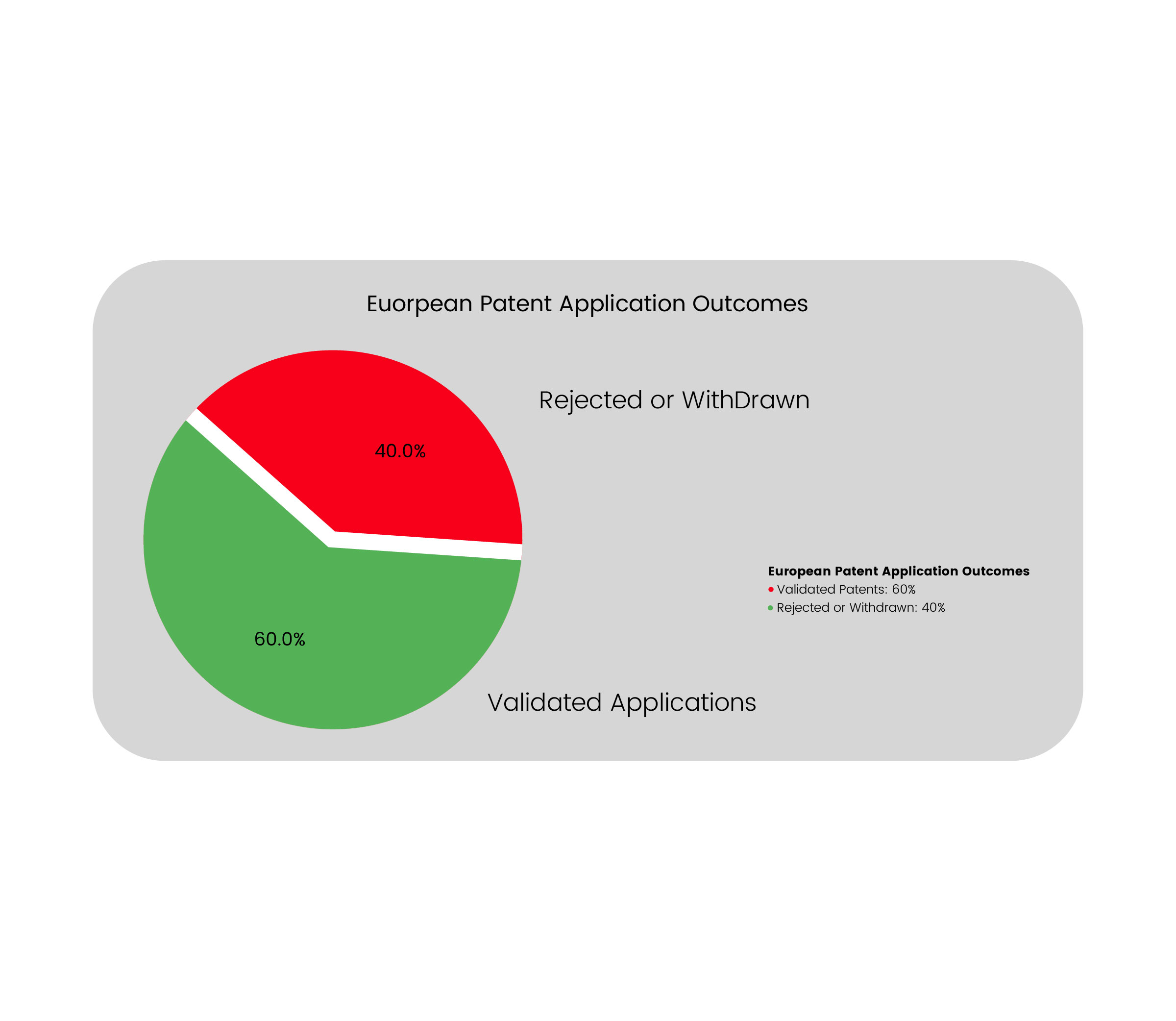
European Patent (EP) Validation is the procedure of converting a granted European patent into national patents across selected countries within the European Patent Organisation (EPO). This process ensures that the patent is enforceable in each chosen jurisdiction, providing legal protection against unauthorized use of the invention.
After the European Patent Office (EPO) grants a patent, the patent holder must validate it in each desired EPO member state. This typically involves submitting necessary translations, paying national fees, and completing required documentation within specified timeframes, usually three months from the grant date.
Beyond the 39 EPO member states, the EPO has agreements with certain non-member countries, known as extension and validation states (e.g., Morocco, Moldova, Cambodia). Patent holders can extend protection to these countries by fulfilling additional requirements as stipulated by each nation.
The EP Validation process is crucial for patent holders seeking protection in multiple European countries. By validating a patent in selected jurisdictions, inventors and businesses can enforce their rights, prevent unauthorized use, and capitalize on their innovations within those markets. This centralized approach streamlines the process, reducing the need for multiple national patent applications.
As of recent data, approximately 60% of European patent applications proceed to validation, with the remaining applications either rejected or withdrawn.
This statistic underscores the importance of a thorough and strategic approach during the application and validation phases to enhance the likelihood of successful patent protection.
Companies often validate patents in countries where they have significant commercial interests or where potential competitors operate, ensuring robust market protection.
Given the costs associated with validation and maintenance, businesses conduct analyses to determine which countries offer the most strategic value for patent protection.
Validated patents are subject to national laws, providing a high degree of legal certainty and enforceability within each jurisdiction.
